CIC Economic and Policy Briefing 2017
Contents |
[edit] Introduction
On 21 February 2017, Designing Buildings Wiki attended the first CIC Economic and Policy Briefing of 2017. Chaired by Rt Hon. Nick Raynsford, the Construction Industry Council (CIC) briefings provide regular economic analyses, policy updates and comments on major commercial projects. The briefings bring together leading policy-makers, economists and senior industry players to discuss the key topics in an informal setting.
This briefing included an economic overview and forecast for construction, insight into illegal working in construction, and an update on the Crossrail 2 project.
[edit] Economic overview and forecast for the construction sector
James Hastings, Head of Construction Futures at Experian, began by explaining that in the aftermath of the EU referendum, growth forecasts took a big negative hit. Though there has been something of a bounce-back – to 1.3% as of January 2017 – most economic analysts are in agreement that Brexit will have a negative impact in the short term.
In terms of construction, he identified the following vulnerabilities, divided into positive, neutral and negative.
Positive:
- No Brexit-induced recession is predicted.
- Some very big infrastructure projects are in the pipeline, although this is predicated on there being no slippage on HS2, Hinkley Point and Wlyfa Nuclear Power Station.
- Private housing growth continues.
Neutral:
- Abandonment of 2020 fiscal target may mean a little more money for the public capital projects.
- A slowdown in commercial construction growth rather than outright decline.
Negative:
- Higher export growth is unlikely to mitigate a slowdown in domestic demand for manufacturing.
- The retail construction sector continues to struggle.
Hastings suggested the government is currently targeting the wrong areas with their Housing white paper. He said they should be focusing on building “true social housing for those who have no prospect of getting on the property ladder”, regardless of Help to Buy and various other schemes. The only way to solve the housing crisis, he said, was a “significant uplift in social housing”.
[edit] Illegal migrant workers
Christopher Tilley, Illegal Working Threat Lead – Deputy Director at the Home Office, gave a briefing on the importance of protecting businesses and supply chains from illegal working.
He started by explaining that access to the labour market is a key pull factor for illegal migration, and emphasised that the exploitation of illegal workers allows unscrupulous employers to undercut competition.
Tilley gave the unconfirmed estimate that there were between 500,000 and 900,000 illegal workers in UK construction; predominantly working in logistics, concreting, facility services, and such like.
He highlighted the Immigration Act 2016, which included the new offence of illegal working, and also made it possible to prosecute rogue landlords and agents who repeatedly fail to carry out right to rent checks.
The Home Office branch of Immigration Enforcement have the power to close sites for 48 hours and issue compliance orders for up to 12 months. They can also issue civil penalties of up to £20,000 per illegal worker.
According to Tilley, there is widespread use of fraudulent/counterfeit documents in construction, in particular, fraudulently obtained Construction Skills Certification Scheme (CSCS) cards. Contractors are failing to carry out Baseline Personnel Security Standard (BPSS) background checks in full, and often accept documentation at face value.
He identified several measures that contractors can implement to combat illegal working:
- Consider voluntary codes of practice (such as the Modern Slavery Toolkit, recently published by CIOB).
- Due diligence checks prior to awarding contracts.
- Right to Work clauses in contracts.
- Identity checks for agency staff.
- Document scanning technology.
- Proper training for HR and recruitment staff.
- Online support such as Gov.uk, PRADO and Keesing.
[edit] Update on Crossrail 2
Dr Andrew Neather, Strategic Advisor and Communications at Transport for London, provided an update on the progress of the Crossrail 2 project.
Neather began by identifying the recent milestones:
- March 2016: National Infrastructure Commission (NIC) gave their strong backing to the project and recommended it to be ‘taken forward as a priority’.
- May 2016: Sadiq Khan was elected Mayor of London, with a commitment to take the project forward.
- October 2015 to January 2016: A large public consultation attracted almost 26,000 responses.
- Summer 2016: A report was published on the response to issues raised.
He explained that the Revised Business Case for the project will be submitted in March 2017, with the following changes:
- A budget reducing costs by £4 billion.
- A more detailed funding package.
- Evidence showing conclusively why Crossrail 2 is the right project for London.
- A plan to deliver the additional 200,000 homes Crossrail 2 will support.
The capital costs are now forecast at £31.2 billion, using 2014 prices and including a 66% ‘optimism bias’, which Neather claimed was tougher than that applied to HS2. The biggest cost is the stations (£9bn) and on-network works (£5.5bn).
The funding share has been agreed as follows:
- 44% government funding.
- 56% London funding.
The following milestones are projected for the future:
- Summer 2017: Public consultation on Revised Business Case.
- 2019: Submit consent powers application.
- 2022: Start construction.
- 2032/33: First Crossrail 2 service.
[edit] Related articles on Designing Buildings Wiki
Featured articles and news
Boiler Upgrade Scheme and certifications consultation
Summary of government consultation which closes 11 June 2025.
Deputy editor of AT, Tim Fraser, discusses the newly formed society with its current chair, Chris Halligan MCIAT.
Barratt Lo-E passivhaus standard homes planned enmasse
With an initial 728 Lo-E homes across two sites and many more planned for the future.
Government urged to uphold Warm Homes commitment
ECA and industry bodies write to Government concerning its 13.2 billion Warm Homes manifesto commitment.
From project managers to rising stars, sustainability pioneers and more.
Places of Worship in Britain and Ireland, 1929-1990. Book review.
The emancipation of women in art.
Call for independent National Grenfell oversight mechanism
MHCLG share findings of Building Safety Inquiry in letter to Secretary of State and Minister for Building Safety.
The Architectural Technology Awards
AT Awards now open for this the sixth decade of CIAT.
50th Golden anniversary ECA Edmundson awards
Deadline for submissions Friday 30 May 2025.
The benefits of precast, off-site foundation systems
Top ten benefits of this notable innovation.
Encouraging individuals to take action saving water at home, work, and in their communities.
Takes a community to support mental health and wellbeing
The why of becoming a Mental Health Instructor explained.
Mental health awareness week 13-18 May
The theme is communities, they can provide a sense of belonging, safety, support in hard times, and a sense purpose.
Mental health support on the rise but workers still struggling
CIOB Understanding Mental Health in the Built Environment 2025 shows.
Design and construction material libraries
Material, sample, product or detail libraries a key component of any architectural design practice.
Construction Products Reform Green Paper and Consultation
Still time to respond as consultation closes on 21 May 2025.
Resilient façade systems for smog reduction in Shanghai
A technical approach using computer simulation and analysis of solar radiation, wind patterns, and ventilation.








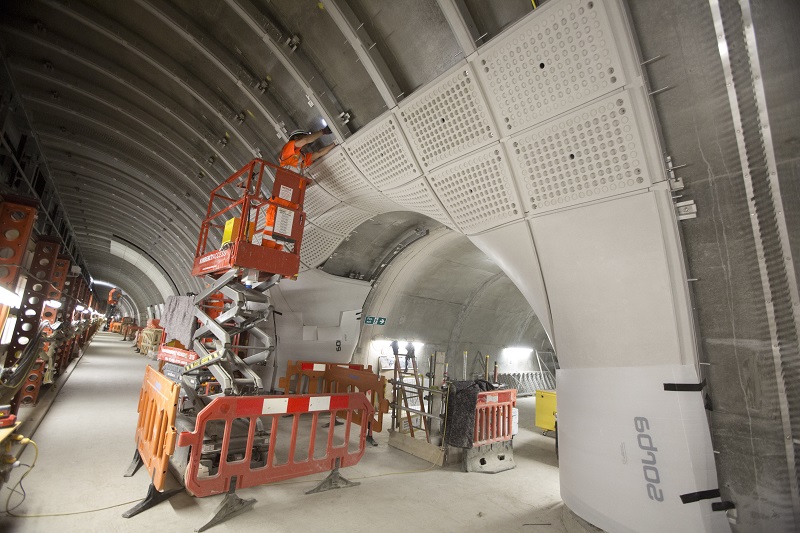
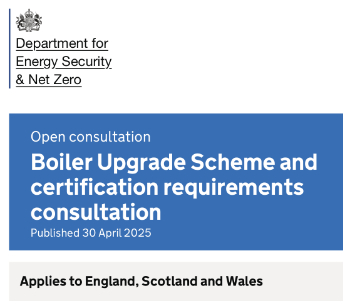

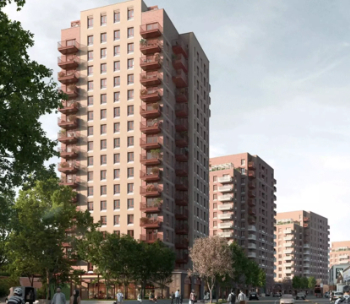







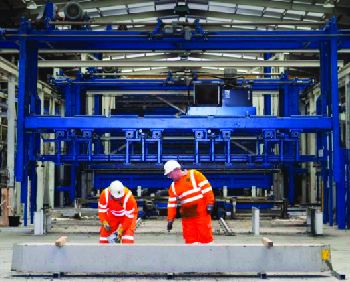





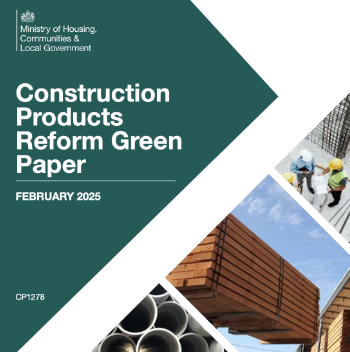

Comments